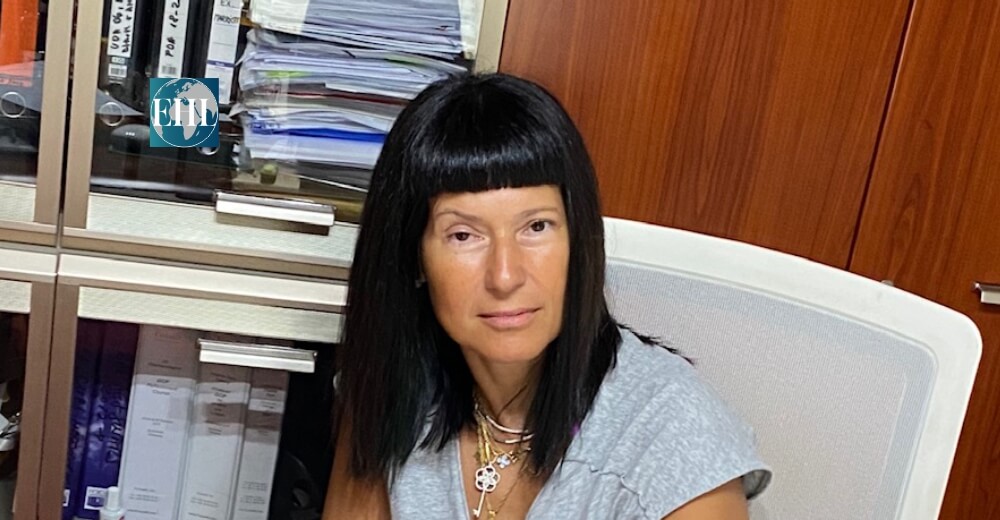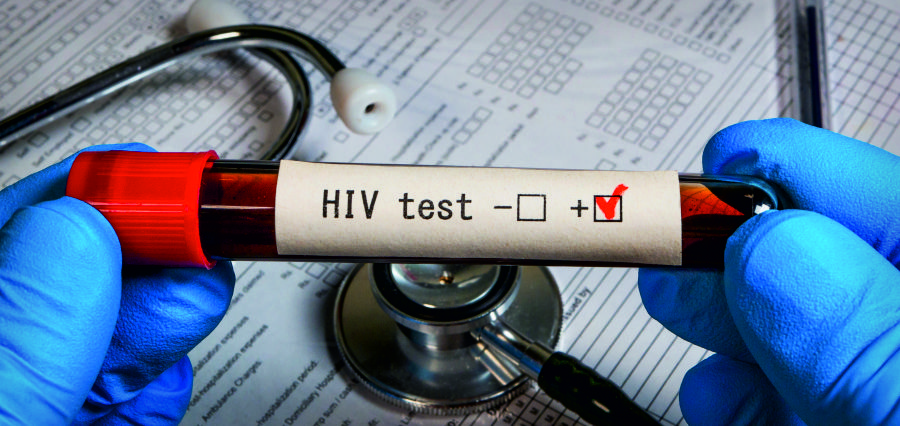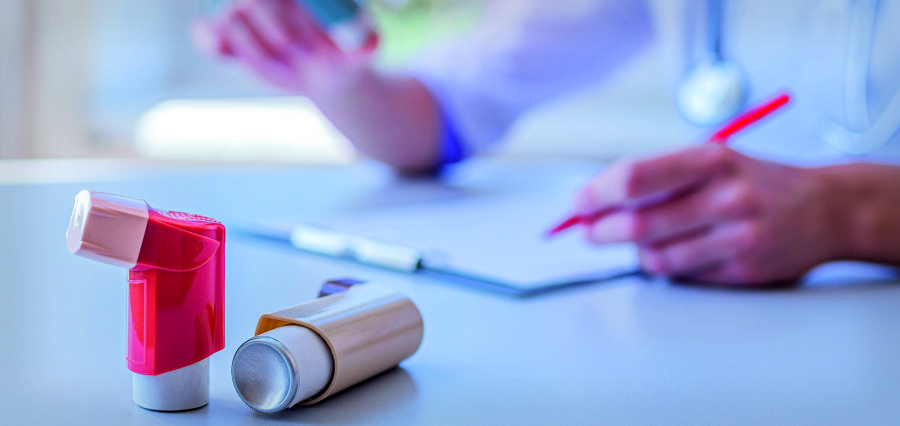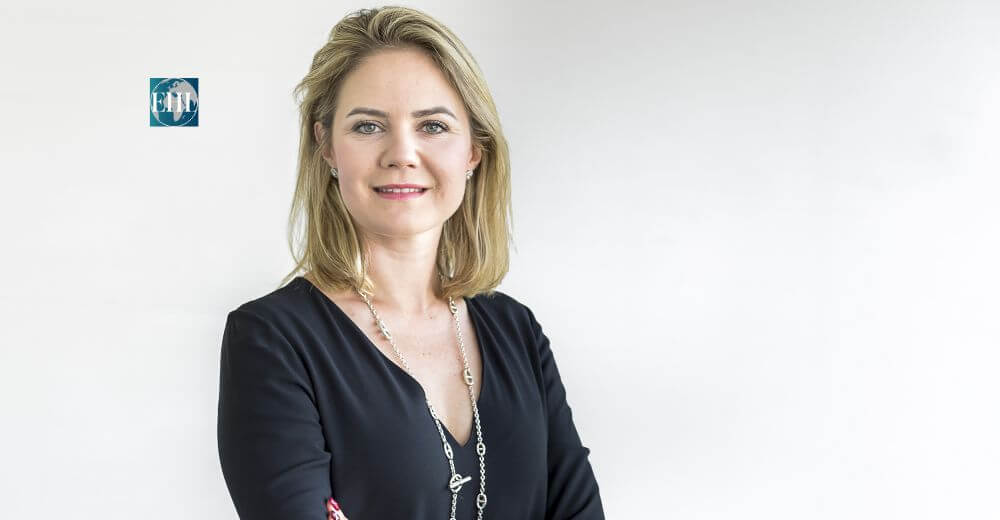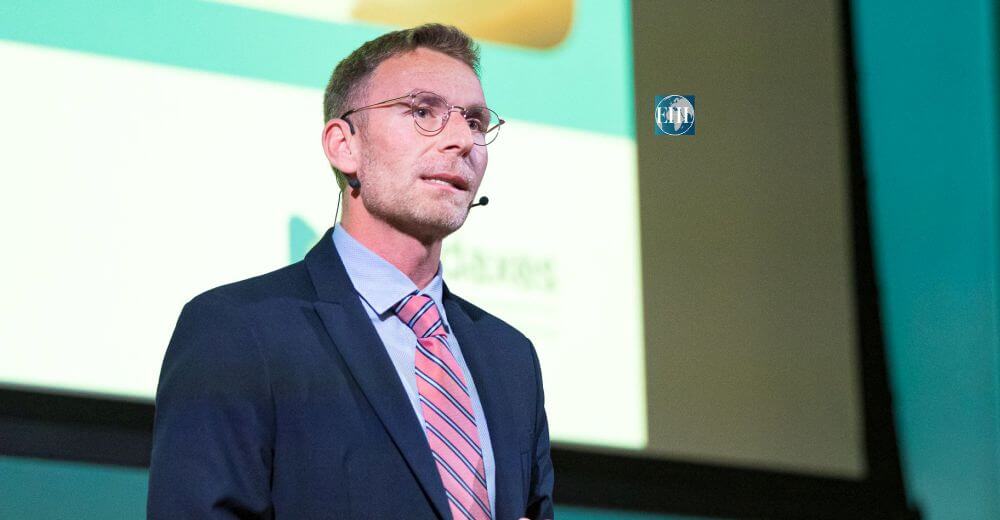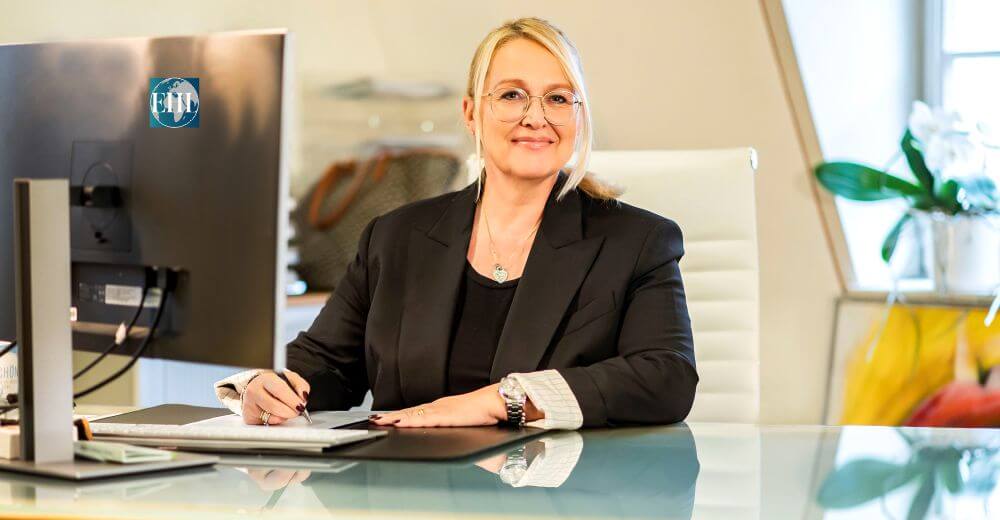Romanian healthcare leaders are swiftly transforming the country’s healthcare system by implementing extensive reforms and creative approaches meant to solve long-standing problems. They are attempting to establish a more responsive healthcare environment by emphasizing decentralization, enhancing community health services, and encouraging cooperation between the public and private sectors.
One among them is a very high-profile figure: Simona Rizea Savu, Managing Director of 3SPHARMA, has made tremendous contributions towards reshaping of the map of healthcare in Romania, particularly in the pharmacology and clinical research realm. Her work has been dedicated to the pharmacokinetics of many drugs, considered one of the fundamental studies of the behavior of drugs within the human body. Her research work on drugs such as ticagrelor and alverine citrate was very useful in understanding the bioavailability and metabolic profile of these drugs.
For instance, her work demonstrated the bioequivalence of the generic formulation of ticagrelor with its innovator counterpart. This supported the use of generics in clinical practice and allowed easier access to essential drugs for all patients. Simona’s research always emphasizes patient safety through rigorous testing of drug formulations.
She connects the academic with the real world by creating an application of healthcare knowledge among future pharmacists by collaborating with institutions. Similarly, she contributes to an educated workforce to handle Romania’s healthcare issues through the guidance of aspiring researchers and pharmacists.
Simona’s contributions to drug development and pharmacological research have a significant impact on Romanian healthcare policy. Her work helps initiatives to improve healthcare delivery systems and expand access to effective treatments, which will eventually improve patient outcomes.
We had a discussion with her regarding her journey, challenges she faced and about the future projections in Romania’s healthcare. Let’s delve into it.
Can you share your journey in the healthcare sector and what inspired you to become the Managing Director of 3SPHARMA?
I started working soon after the end of the medical university in a government Pharmacology Research Institute; primary work was in pre-clinical pharmacology. After a Ph D in Pharmacology, I did continue to love research in this field.
Clinical pharmacology was the next natural step. And here I am since many years! At 3S Pharmacological Consultation and Res. where science is at home.
What are some key challenges you have faced in your role, and how have you overcome them?
Some key challenges were people related (sometimes it was not easy to find locally the right person for a specific key position) and some challenges were strongly related to bureaucracy!
In your opinion, what are the most pressing issues currently facing Romania’s healthcare system?
I think the underfunding is first in the list followed by workforce shortage and a high fragmentation of services due to a low or even lack of communication between the different players.
How do you see technology influencing the future of healthcare in Romania?
Us at 3S we developed a wide range of CRO and CMO services that include clinical studies and comprise bioequivalence/bioavailability studies, pharmacokinetic profiles, drug-drug interactions, adhesion performance, pain assessment studies, taste assessment for oral suspensions, and blanching (VCA) studies, among others. 3S Pharma’s technology portfolio extends beyond traditional methods, encompassing advanced systems for 3D coding of samples, ICP-MS techniques, and robotic automation, complementing LC-MS/MS techniques and ligand binding assays.
Each year we have added something new; we could not advance so much without the continuing addition of technology.
The company’s commitment to innovation is, however, not limited to technology but extends to the creative utilization of tools during clinical studies. For example, thermal photography is used for assessing the adhesion performance of transdermal delivery systems (TDS), facilitating highly accurate and automated data processing. Similarly, 3S Pharma’s injectable products are administered using ultrasound control (color Doppler technology) to eliminate the risk of accidental injection into a vessel.
If I may do a parallel and extrapolate, the health care in Romania need to continuously make use and adopt in the day by day work new technologies; they shall also turn to innovative thinking. Conservation is good but innovation is much better. Progress never comes from stagnation; you need to continuously challenge the “status quo.”
What leadership qualities do you believe are essential for driving change in the healthcare industry?
Visionary thinking, courage to have innovative ideas to be one step ahead, adaptability to new technologies, resilience.
Can you describe a significant project or initiative at 3SPHARMA that has made a positive impact on patient care or operational efficiency?
Yes, we have indeed created an in-house innovative system to increase the operational efficiency of our work; we have created a new system to code the biological samples collected during the trials, to scan the code almost 100 times faster and to track the biological samples with 100% accuracy! This was done in addition to all the other innovations and new technology adoption already presented in the beginning.
What advice would you give to young professionals aspiring to lead the healthcare sector?
They shall ask themselves why they want to activate in this sector; if there is no such word as “human”, “empathy”, “willingness to help” contained in their answer they shall not do it.
How important is collaboration within the healthcare community, and what steps can leaders take to foster it?
It is as important as the cooperation and communication between our neurons! What can you achieve with only separate independent neurons? Nothing! Not even one single idea. And what can you achieve with a brain!

